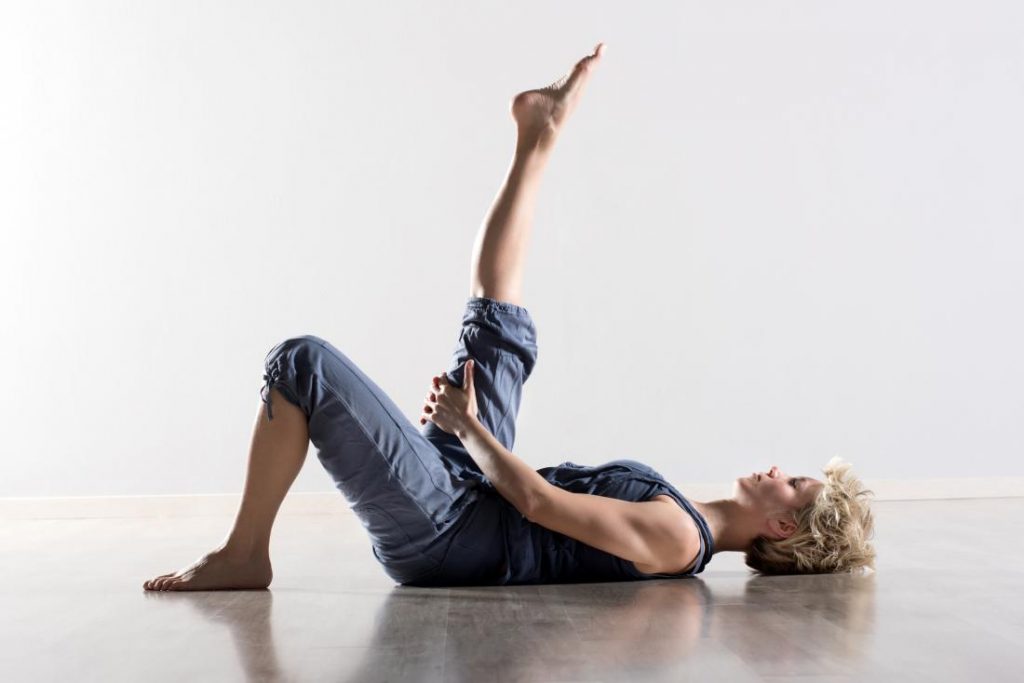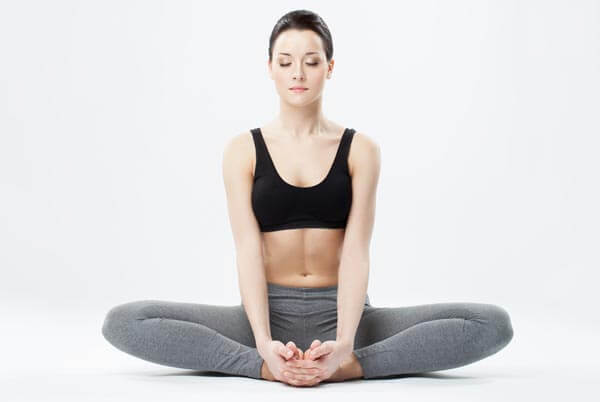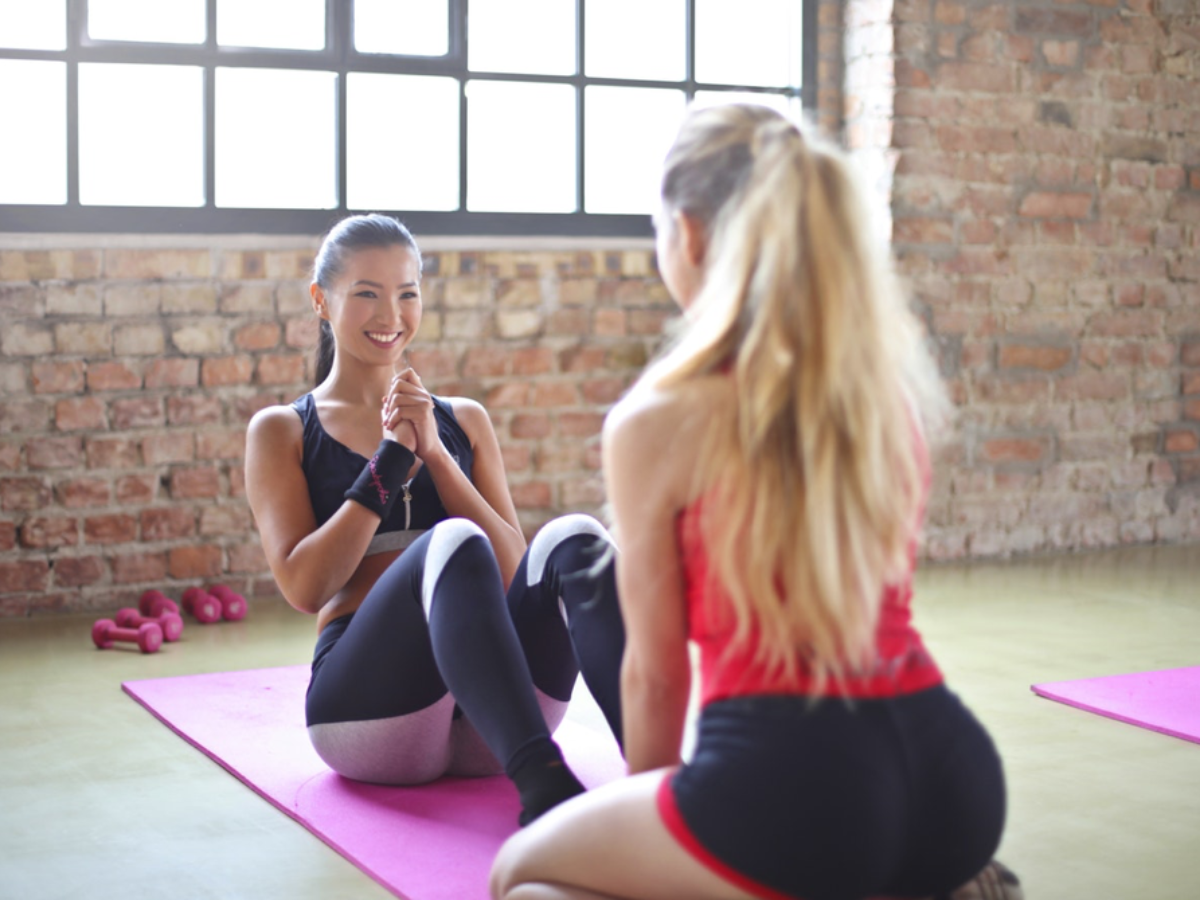Also known as genu varum, bow legs is a condition where the knees point outwards and the ankles touch one another.
Most children between 2 and 7 years old will have bow legs, and then they tend to grow out of it before adolescence.
Symptoms of Bow Legs
Bow legs is a condition that usually doesn’t cause any pain, but it can have a negative impact on a person’s self-confidence if they are worried about their appearance.
However, if the condition persists into adulthood it may cause some discomfort for the person in their knees, hips and ankles.
Bow Legs Causes
As mentioned earlier, young children with bow legs is common as it’s a normal part of the child’s growth process.
This is due to the fact that when a child is in the womb their legs have to sometimes twist a little in order for them to fit in the small room they were currently in.
However, as the child begins to walk and grow in age their bowleggedness will begin to get better and stop looking as noticeable.
If a it doesn’t correct itself by the time he or she is 7 it may mean there’s an underlying cause such as the following:
- Rickets – This is a common cause of bow legs and knock knees in small children. Kids with rickets aren’t getting enough vitamin D or calcium, which affects the bone structure in their legs. This ultimately leads to lower leg deformities such as bow legs and knock knees.
- Blount Disease – This is a bone growth disorder that can cause the bones in the knees to stop growing appropriately to give the appearance of straight knees.
- Injury – Certain injuries to the legs or knees can also cause bow legs to persist well past the age of 7.
- Infections – Certain bone infections are known to cause the outward curve around the knees that leads to bow legs.
Some of these causes can make bow legs persist well into adulthood.
Adults with bow legs will have a harder time to get rid of this misalignment in the knee because their bones have matured, according to My Knock Knee Fix.
However, it’s still possible to fix bow legs in adults by doing the right exercises on a daily basis.
How to Correct Bow Legs Naturally in Adults
The best way to correct bow legs naturally in adults is to perform certain exercises that have been proven to help push the knees back into an inward position.
Some of the best exercises for bow legs include:
Supine Hamstring Stretch
This is a hamstring stretch that is known to help strengthen specific muscles in your legs, hips, and knees that will bring the outward position of your legs inward.

To do this simple exercise follow the steps below:
- Start by laying completely flat on your back and keep your legs straight.
- Now, bring one of your legs straight up as high as you can until you are able to touch your toes.
- Once you’re able to touch your toes hold this position for at least 10 seconds before bringing your leg back to the ground.
- Repeat this stretch for about 10 repetitions with each leg.
If you can’t touch your toes with your hand you can use a strap or exercise band to pull your leg upwards to your head to complete the stretch.
Seated Inner Thigh Stretch
This is another great exercise to help get rid of bow legs naturally without surgery.

The seated inner thigh stretch works so well because it helps strengthen your hip abductors, which are some of the main muscles directly responsible for the position your knees are in.
To do this exercise follow the steps below:
- First, sit down on the ground and then place your feet together. You want both of the soles of your feet to touch.
- Now, with your knees pointed to the side you’re going to push down on them and hold it this stretched position for at least 10 seconds before releasing.
- Repeat this stretch at least 10 times for the best results.
It’s a good idea to give your hip abductors a little break in between reps by extending your legs out in front of you.
This will help make the stretches even more effective and help the bow leg correction happen faster.
Conclusion
You don’t have to turn to surgical treatments in order to correct bow legs. By doing these simple exercises above on a regular basis you’ll be able to move your legs from an outward position into a more inward position over time.









17 Comments
Comments are closed.